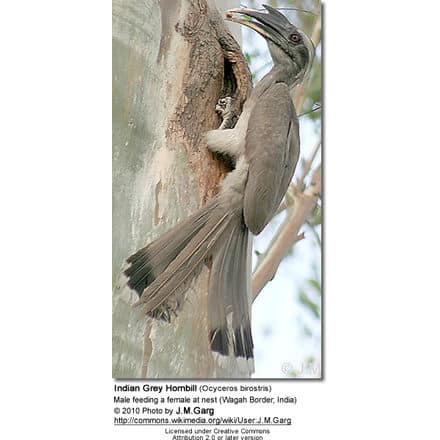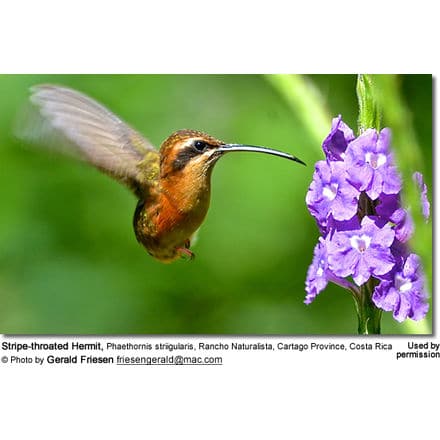Varied Tit (Cyanistes varius)
The Varied Tits (Cyanistes varius; see also below) is a perching bird from the tit family, Paridae.
Distribution / Range
It occurs in eastern Asia in Japan, Korea, Taiwan, and locally in northeastern China (southern Liaoning) and extreme southeastern Russia (southern Kurile Islands).
Its habitat consists of open mixed forests, in particular with the Japanese Castanopsis species Castanopsis cuspidata and Japanese Larch, coniferous forests with Japanese yews, Sugi, and pines as well as bamboo forests at mountain slopes and in river valleys.
Description
It is 12–14 cm long and weighs 16–18 g. The wing length is 6.0–7.8 cm.
In the nominate race P. v. varius the crown, the bill, the throat, the upper breast and the nape are black. Forehead, face, and cheeks are white. Back, wings, and tail are bluish grey.
Mantle, lower breast, belly and undertail coverts are chestnut colored. From the crown to the nape runs a thin white central line.
Other subspecies have a darker hue at the back and at the cheeks, P. v. owstoni has chestnut colored cheeks and the mantle of P. v. olivaceus has an olive tone.
The feet are dark grey.
Diet / Feeding
The Varied Tit eats a mixed diet consisting of seeds and insects, namely caterpillars.
Calls / Vocalizations
Its call consists of tiny tones which sounds like tzu….tzu….tzu…
Systematics
Together with the White-fronted Tit, this species was sometimes separated in the genus. Sittiparus. Alternatively, it was placed in the Blue Tit group Cyanistes. In recent times, these have been considered subgenera of Parus, with the Varied Tit being placed in Sittiparus rather than Cyanistes.
However, mtDNA cytochrome b sequence data indicates that Cyanistes is very distinct from other tits and certainly a separate genus, while Sittiparus is not a distinct genus but might be considered a subgenus of Poecile, the chickadees and relatives, if these are separated as a distinct genus (which is supported by the data and accepted by some authorities already, such as the American Ornithologists’ Union).
In Poecile, this species forms part of a group of apparently rather basal species, the relationships of which are ill-defined. They also include the Sombre Tit, probably the White-fronted Tit, and possibly the White-browed and Caspian Tits (Gill et al., 2005).
A considerable number of subspecies have been described, with notable diversification on the islands south of Japan; nine are usually considered valid today, of which one has become extinct in the 20th century:
- Cyanistes varius varius (Temminck and Schlegel, 1848) – Occurrence: southern Kuriles (Kunashir, Shikotan, Iturup), north-eastern China, central and southern Korea, JapanCyanistes varius owstoni (Ijima, 1893) – Occurrence: Izu Islands, Miyakojima, Mikurajima and HachijojimaCyanistes varius namiyei (Kuroda, 1918) – Occurrence: Toshima Island, Niijima and Kozu-ShimaCyanistes varius sunsunpi (Kuroda, 1919) – Occurrence: TanegashimaCyanistes varius yakushimensis (Kuroda, 1919) – Occurrence: YakushimaCyanistes varius amamii (Kuroda, 1922) – Occurrence: Amami Ōshima, Tokunoshima and Okinawa IslandCyanistes varius olivaceus (Kuroda, 1923) – Iriomote and IshigakijimaCyanistes varius orii (Kuroda, 1923) Daito Varied Tit – Occurrence: formerly Daitō Islands (Kita Daitōjima and Minami Daitōjima), extinct c.1940Cyanistes varius castaneoventris (Harrap, 1996) – Occurrence: Taiwan
References
- BirdLife International (2004). Parus varius. 2006. IUCN Red List of Threatened Species. IUCN 2006. Retrieved on 12 November 2006. Database entry includes justification for why this species is of least concern.




